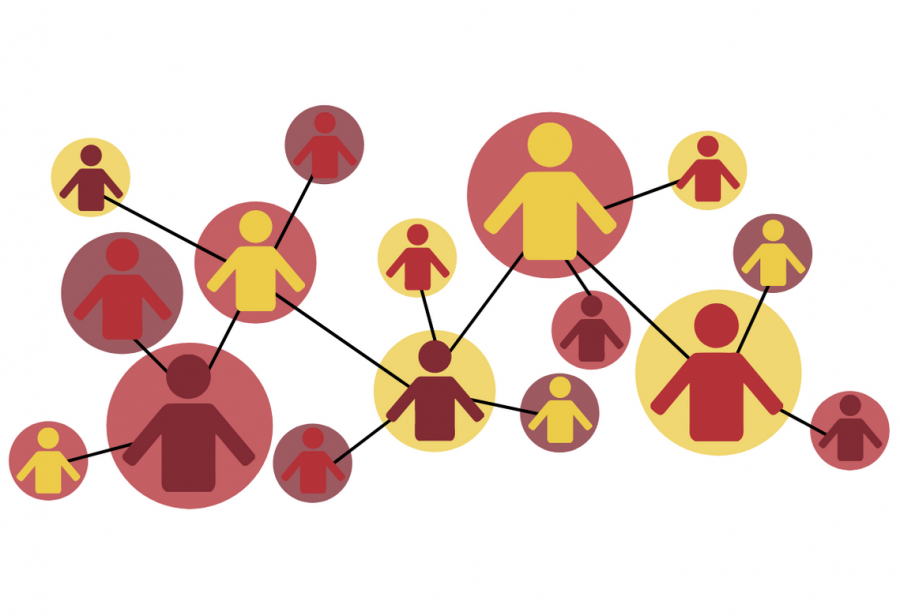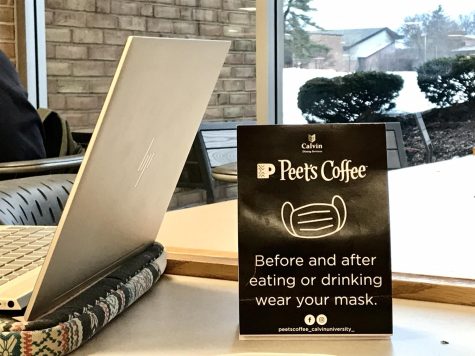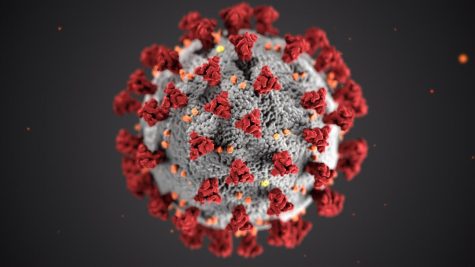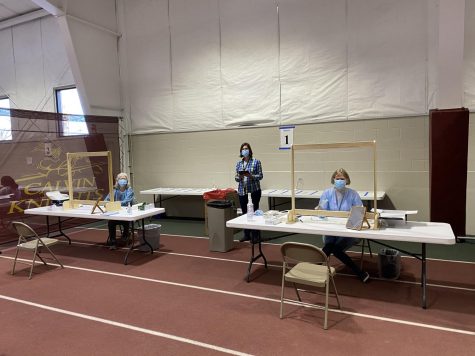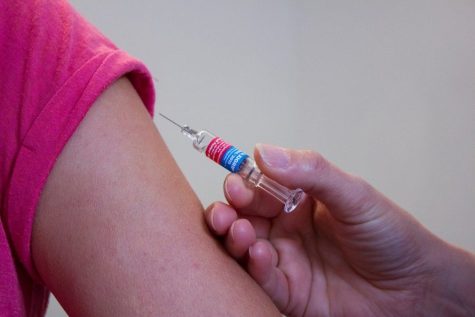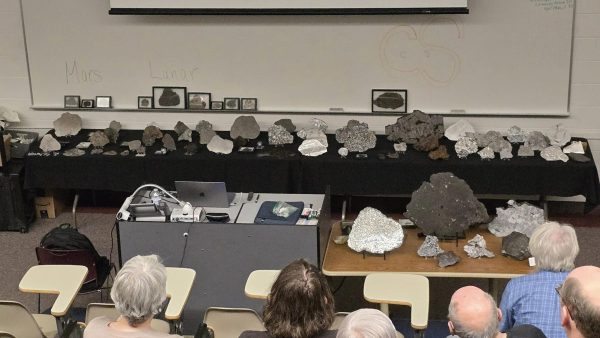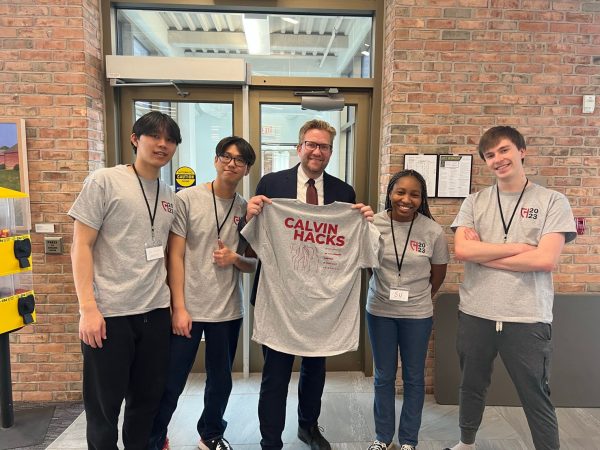Catching up with Calvin’s contact tracers
Calvin’s contact tracers work to track the spread of COVID-19.
Social work professor Kristen Alford and biology professor Erica Boldenow have both been trained by the Kent County Health Department to serve as the leaders of Calvin’s community contact tracing program. Chimes spoke with them both about their work.
Chimes: What exactly is contact tracing?
Boldenow: Contact tracing is the process of identifying positive cases of a disease and then finding who those people are in close contact with, in order to place them in isolation (for the sick people) or quarantine (for the contacts). The purpose of this is to try to stop the spread of the disease in the community.
Chimes: What’s the difference between quarantine and isolation?
Alford: Isolation is for those who have tested positive. It’s a lot stricter than quarantine. We really don’t want you going out–we want to have everything delivered to you until your infectious period is over–so that nobody else gets further exposed. We want you to stay in your own space as much as possible.
Quarantine is for people who have been in close contact with those who have tested positive Because they have the potential to develop the disease themselves. We have quarantine last for as long as we scientifically know it would take for the infection to develop (in the case of COVID-19, approximately 14 days).
Chimes: How will I know if I need to go into quarantine, and how do I know when to leave?
Alford: If you are a close contact of a positive case and need to quarantine, you will receive a call from one of our volunteers. You will also be receiving periodic calls during the quarantine period, and at the end to release you from quarantine. These calls will be from different volunteers with different numbers, so please just answer the call! If you get a voicemail, look at it and call us back as soon as possible.
Boldenow: We can’t release people from quarantine unless they are symptom-free for the 14-day quarantine period. We then have to speak directly with you and give you a release letter.
Chimes: Will I ever know who I’ve been in contact with if I’m told to quarantine?
Boldenow: Not from us! Although it’s totally fine if the person who tests positive tells their close contacts.
Alford: The people who are calling the positive case are actually different from the people calling the close contacts, so there’s no way for them to know the names of the people who test positive. We do encourage positive cases to tell their contacts if they feel comfortable, but it’s up to them.
Chimes: Who is going to have access to my health information?
Boldenow: Anyone who participates in contact tracing–Kristen and myself, and any other faculty, staff and students–keep all information that they collect completely confidential. This information is then confidentially passed to the health department just so that they can understand where the outbreak is, who it’s affecting, and how it’s spreading.
The only information that we share is the name of the close contacts, so that we can call them. We only do this for contact tracing purposes and support. So, for example, if you’re in the residence halls, you will get a call from the contact tracing team and residence life, to ensure you have everything you need during that time.
Our team will not tell the contact who they were exposed to; they will only tell the date of the exposure.
Chimes: What else do you wish that people knew?
Alford: I keep telling people we’re up against a formidable foe. This is a highly infectious disease. It’s highly transmissible. We are all doing our best to stay healthy and well, but it will spread to a certain extent. Our goal is just to contain and prevent that as much as possible.
In addition, know that the questions you are asked by the contact tracers–where you’ve been, some of your health behaviours, your health background–are completely confidential. We are not giving any information to anyone but the Kent County Health Department, for the sole purpose of better understanding the disease.
Boldenow: Just because people test positive and go into quarantine doesn’t necessarily mean that they did anything wrong. In many cases we’ve seen thus far, people aren’t making bad decisions. They’re doing what they are supposed to be doing. This disease is just tricky and hard to deal with. We’re going to have positive cases.
It’s also important for us not to judge the people who go into isolation or quarantine. They need to feel comfortable being able to do that. There tends to be a lot of stigma around diseases and often as Christians we make wrong assumptions about people based on their disease. We want to keep this process very open, and let people know they’re doing what they’re supposed to be doing by going into isolation and quarantine.



